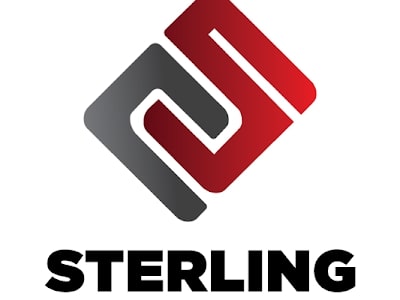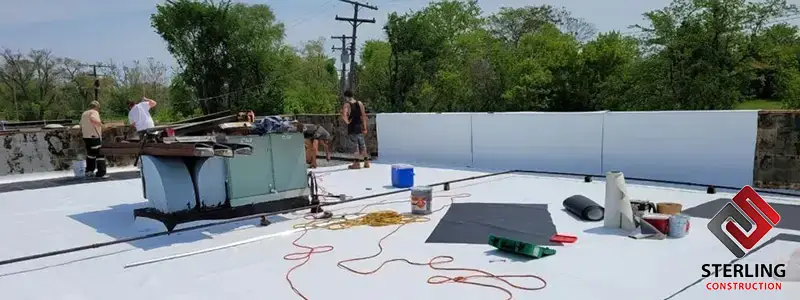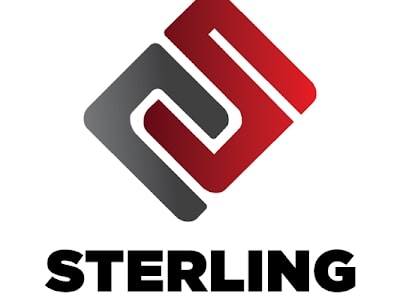Roofs are easy to overlook, but they play a critical role in protecting your home. While they don’t require constant attention, periodic maintenance is essential to extend their lifespan and prevent costly repairs. One of the most overlooked—yet important—tasks is cleaning your roof, especially if you have asphalt shingles.
Why Regular Roof Cleaning Is Important
Like any exterior feature of your home, your roof is exposed to the elements. Over time, it accumulates dirt, moss, leaves, and algae. Cleaning your roof:
- Helps extend the life of your shingles
- Prevents water intrusion and leaks
- Improves your home’s curb appeal
- Reduces the risk of mold and structural damage
Asphalt shingles in particular are vulnerable because their textured surface attracts and traps debris and moisture more easily than metal or tile roofing.
Signs Your Roof Needs Cleaning
Roof cleaning isn’t something you need to do every month, but if you notice the following issues, it’s time to act:
- Moss Growth: Moss can grow between and beneath shingles, lifting them and allowing moisture to enter. This can break down the waterproof seal, leading to water damage.
- Black Streaks: Black streaks are often a sign of algae buildup. If left untreated, this can develop into mold that damages your roof and compromises indoor air quality.
- Discoloration: General discoloration means dirt and organic debris are building up. A thorough wash can restore your roof’s appearance and prevent deterioration.
- Lifting or Curling Shingle: Debris trapped under shingles can cause them to lift or shift. This leaves your home vulnerable to leaks during storms or heavy rain.

How to Clean Your Roof Safely and Effectively
If you’re planning to clean your roof yourself, it’s essential to follow safety and preparation guidelines.
Step 1: Prioritize Safety
Use non-slip footwear, protective gloves, safety goggles, and a secured harness system. Roofing surfaces are sloped and slippery, making falls a serious risk.
Step 2: Remove Debris
Use a broom, your hands, or a leaf blower to remove leaves, branches, and buildup from the surface before applying any cleaning solution.
Step 3: Choose the Right Cleaning Solution
Avoid harsh chemicals. Use a roof-safe cleaner—typically one containing sodium hypochlorite—designed specifically for asphalt shingles. Harsh cleaners can degrade shingles and void warranties.
Apply the solution with a low-pressure garden sprayer to avoid damaging the roofing material.
Step 4: Let the Solution Sit
Allow the cleaner to sit for 15 to 20 minutes to break down moss, algae, and dirt.
Step 5: Rinse Thoroughly
Use a low-pressure hose to rinse the solution off. Make sure all chemicals are removed to prevent damage. Your shingles should now look refreshed and free of debris.
Dangers of DIY Roof Cleaning
While DIY roof cleaning can be done safely with the right precautions, there are significant risks to be aware of:
Fall Hazards: Roof work is dangerous without proper gear or experience.
Chemical Exposure: Improper handling of cleaning agents can harm your skin, eyes, plants, and siding.
Roof Damage: Using the wrong pressure or cleaner can cause more harm than good—leading to costly repairs or early replacement.
Professional Roof Maintenance Is the Better Option
Even though you might be able to do the job yourself, that doesn’t mean you should. Call the professionals, such as Sterling Construction, if you need your roof maintained. We will do a routine maintenance check and let you know if a cleaning is needed at all. Roofing maintenance is important, so make sure it is done correctly.




